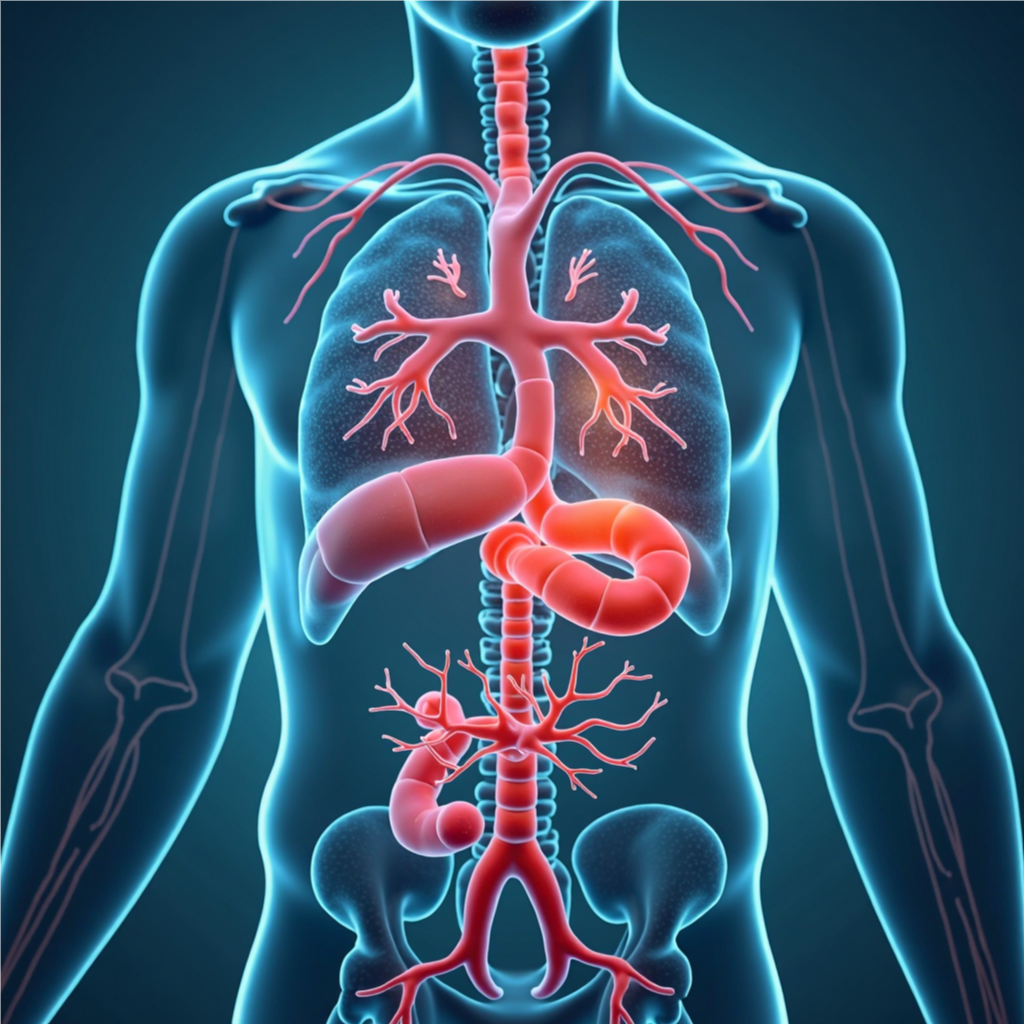Mitochondrial transplantation is an emerging and potentially revolutionary technique in medicine. It involves transferring healthy mitochondria into damaged or diseased cells to restore function. Let’s dive deep into everything known so far, from science and applications to challenges and future potential.
What Are Mitochondria?
Mitochondria are tiny organelles often called the powerhouses of the cell because they generate ATP, the energy currency of the cell.
They are also involved in:
- Cell signaling
- Apoptosis (programmed cell death)
- Metabolic pathways
- Reactive oxygen species (ROS) regulation
Mitochondrial dysfunction is implicated in a wide range of diseases, including:
- Heart disease
- Stroke
- Parkinson’s
- Alzheimer’s
- Diabetes
- Some cancers
- Inherited mitochondrial disorders
- Aging
What Is Mitochondrial Transplantation?
Mitochondrial transplantation involves harvesting healthy mitochondria from donor cells (often from the patient’s own body) and injecting or infusing them into damaged tissues or cells to restore function.
This concept could create an entirely new field of regenerative and cellular medicine.
How It Works
1. Extraction: Healthy mitochondria are isolated from tissues like skeletal muscle or fat.
2. Purification: Mitochondria are separated from other cellular components.
3. Delivery: Introduced into the damaged cells/tissue via:
- Direct injection
- Intravenous infusion
- Liposomes or nanoparticles
4. Integration: The mitochondria integrate into the recipient cells, improving cellular metabolism and survival.
Clinical and Experimental Uses
1. Cardiac Therapy
Pioneering work by Dr. James McCully at Boston Children’s Hospital showed that injecting healthy mitochondria into damaged heart tissue after a heart attack restored function in animal models and even in children undergoing heart surgery.
2. Neurological Conditions
Animal studies suggest potential in treating stroke, traumatic brain injury, and Parkinson’s disease, as mitochondria can be taken up by neurons and improve ATP production.
3. Liver and Kidney Damage
Studies in rodents show mitochondrial transplantation can protect and heal kidneys and liver after ischemic injury.
4. Inherited Mitochondrial Disorders
Conditions like Leigh syndrome or MELAS might benefit by replacing defective mitochondria with functional ones.
5. Anti-aging and Longevity
Mitochondrial decline is a key hallmark of aging. Replacing aged mitochondria with youthful ones could theoretically slow or reverse aspects of aging—though this remains speculative for now.
Techniques and Delivery Challenges
Key delivery methods:
- Direct injection into tissues
- Intra-arterial infusion
- Using carriers like stem cells or extracellular vesicles
Challenges include:
- Immune response if mitochondria come from non-self sources
- Uptake efficiency — not all cells readily accept new mitochondria
- Long-term survival and integration of transplanted mitochondria
- Ethical and regulatory issues, especially with non-autologous (donor-derived) mitochondria
Mitochondrial Donation vs Transplantation
Mitochondrial donation (aka three-parent IVF) is used to prevent inherited mitochondrial diseases in embryos.
Mitochondrial transplantation is about therapeutic repair in existing cells or tissues.
Current Research and Status
- Still mostly in preclinical and early human trials
- Boston Children’s Hospital has treated pediatric patients undergoing cardiac surgery with promising results.
- Other studies are ongoing in neurodegeneration, organ protection, and stroke models.
Potential for the Future
If barriers are overcome, mitochondrial transplantation could:
- Be used in emergency care (e.g., stroke, heart attack)
- Treat chronic diseases
- Delay aging-related decline
- Open personalized, cell-based therapies
Ethical and Regulatory Hurdles
- Sourcing donor mitochondria
- Ensuring safety and efficacy
- Avoiding unintended side effects (e.g., tumor growth, immune attack)
- Long-term monitoring will be needed for any approved human therapies
Mitochondrial transplantation could revolutionize medicine, with potential to cure diseases, repair organs, and possibly extend human lifespan. While still experimental, early results are promising—and as delivery systems improve, we may see this technique emerge as a mainstream therapy in the next decade.





